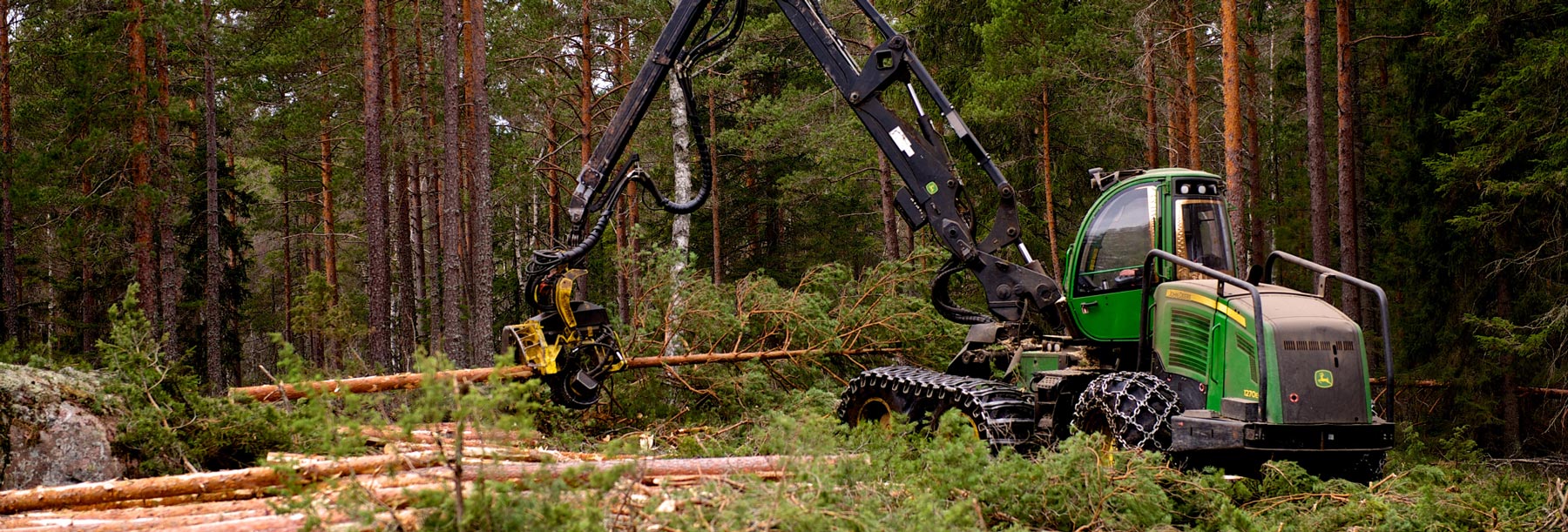In long-term sustainable forestry, it is a matter to take care of the land when the forest is harvested. Harvesters and forwarders must be used in such a way that the soil is protected to the greatest extent possible from both compaction and more serious soil damage.
This means that the trails on which the machines are to be driven in the forest must be carefully planned with the support of digital data sources as well as advanced models for route planning. By using Timbertrail in planning before felling, great values can be saved, not only biologically but also purely financially.
Timbertrail is typically used in planning before harvesting by doing an optimization before field visits to get suggestions for extraction trails. In the pre-planning at the office, scenario analyzes are advantageously also carried out to evaluate how different landing locations or water-crossings affect the solution. By testing different options and using Timbertrail to calculate the average and total forwarding distance, it is easy to determine how harvesting should be carried out. The suggestions from Timbertrail are then followed out into the field for on-site validation in the terrain. There, previously unknown obstacles or other conditions that appear can be added as input and new optimizations can be made to create a perfectly adapted solution to the harvesting area. When the planning is complete, the proposal for the extraction trails is sent to the machines that will carry out the harvesting.
